This year, Mitsubishi Motors Corporation celebrates 40 years of presence in Europe
Mitsubishi’s motoring origins dates back to 1917, when the Mitsubishi Model A – Japan’s first series-production car – was launched.
However it wasn’t until February 1970, under the guidance of successful aircraft engineer Tomio Kubo, that Mitsubishi Heavy Industries Co (MHI) targeted the European export market by forging an alliance with Chrysler – who bought a 15 per cent share. This allowed MHI to spin off its already existing motor division to create Mitsubishi Motors Corporation (MMC).
In 1974, the Mitsubishi Lancer debuted to the European market. Badged as the 'Colt Lancer' – due to MMC’s relationship with UK distributor Colt Car Company Limited – the saloon was available in 12 variants, from entry-level 1.2-litre form to the halo 1600 GSR model – the latter spearheading Mitsubishi’s inaugural assault in rallying and motorsport. Multiple wins on the gruelling Safari Rally in the 1970s – including on its first attempt in 1974 - earned the 1600 GSR the nickname 'King of Cars' in Africa.
Come 1982, the Mitsubishi Shogun 4x4 was launched. Named Pajero and Montero in other parts of the world, the Shogun set new standards for a Japanese four-wheel drive SUV: power steering, seat suspension, turbodiesel engines and front double wishbone suspension with torsion bar springs established the Shogun as highly radical compared to 4x4s that went before it. Now in its fourth generation, the Shogun has become a global bestseller.
The 1980s saw Mitsubishi really get into its performance stride. Now with a ferocious appetite for producing quick cars, the firm unleashed the turbocharged, rear-wheel-drive Starion coupé from 1982 to 1989. Engines differed between markets, with Europe gaining the 2.0-litre 4G63 motor (148bhp) and 2.6-litre 4G54 (170bhp) unit in GSR-VR guise. The Starion featured mechanicals that would later be integrated into future performance icons, such as the Lancer Evolution models.
In 1987 the sixth-generation Mitsubishi Galant was launched, adopting taller, more rounded styling over its predecessor. The Galant was offered in VR-4 trim for the first time and production seized in 1993 to make way for the bulkier seventh-generation Galant.
The successor to the Starion came in the form of the Mitsubishi 3000 GT in 1990. The first generation model showcased many of Mitsubishi’s contemporary technologies at the time, including four-wheel steering, active aerodynamics and electronically controlled suspension. With a 3.0-litre twin turbo 24-valve V6 under the bonnet, kicking out 296bhp, the GT3000 was capable of 0-60mph in 5.2sec and going onto 157mph.
This decade saw Mitsubishi flex its technical muscle. In 1990 the company introduced the world’s first traction control system and in 1991 multi-mode ABS. While commercial production of the Libero electric car followed in 1994.
With the increasing success of the Group A rally era during the early 1990s, Mitsubishi pulled the wraps off the Lancer Evolution in 1992. Powered by a 2.0-litre turbocharged DOHC engine developing 244bhp and weighing less than 1200kg, the first Evo had Escort RS Cosworth owners shaking in their shoes.
By the end of the century, a blisteringly quick Finnish guy called Tommi Mäkinen had utterly dominated the World Rally Championship, winning four consecutive titles in various Group A specification Lancer Evos. Despite progressing to its latest road-going Evolution X guise, the limited-run Evolution 6.5 Tommi Mäkinen Edition is still regarded as the “one to have”.
In 2002, Mitsubishi Motorsports Europe (MME) was established in order to co-ordinate sales specifically for the European market. The model revitalisation started with the Colt in 2004 and subsequently the Grandis, Mitsubishi L200 pick-up – the biggest-selling Mitsubishi vehicle in recent years - and Colt CZC Cabriolet joining the range in 2006. The introduction of the all-new Outlander and revised Shogun followed in 2007.
In 2009 came the unveiling of the i-MiEV (Mitsubishi innovative Electric Vehicle), which proved an important statement from Mitsubishi to the global car industry as the first mass-produced, zero-emission, full electric vehicle. Powered by a 63bhp electric motor and with a top speed of 80mph, the i-MiEV had a range of 80-100 miles. More than 22,000 i-MiEV units have been sold worldwide.
With the arrival of this year’s Mitsubishi Outlander PHEV – the first plug-in electric hybrid crossover from the Japanese car maker – and a return to profit in Europe forecasted for next year, the future looks promising for Mitsubishi Motors Corporation.
Aaron Smith

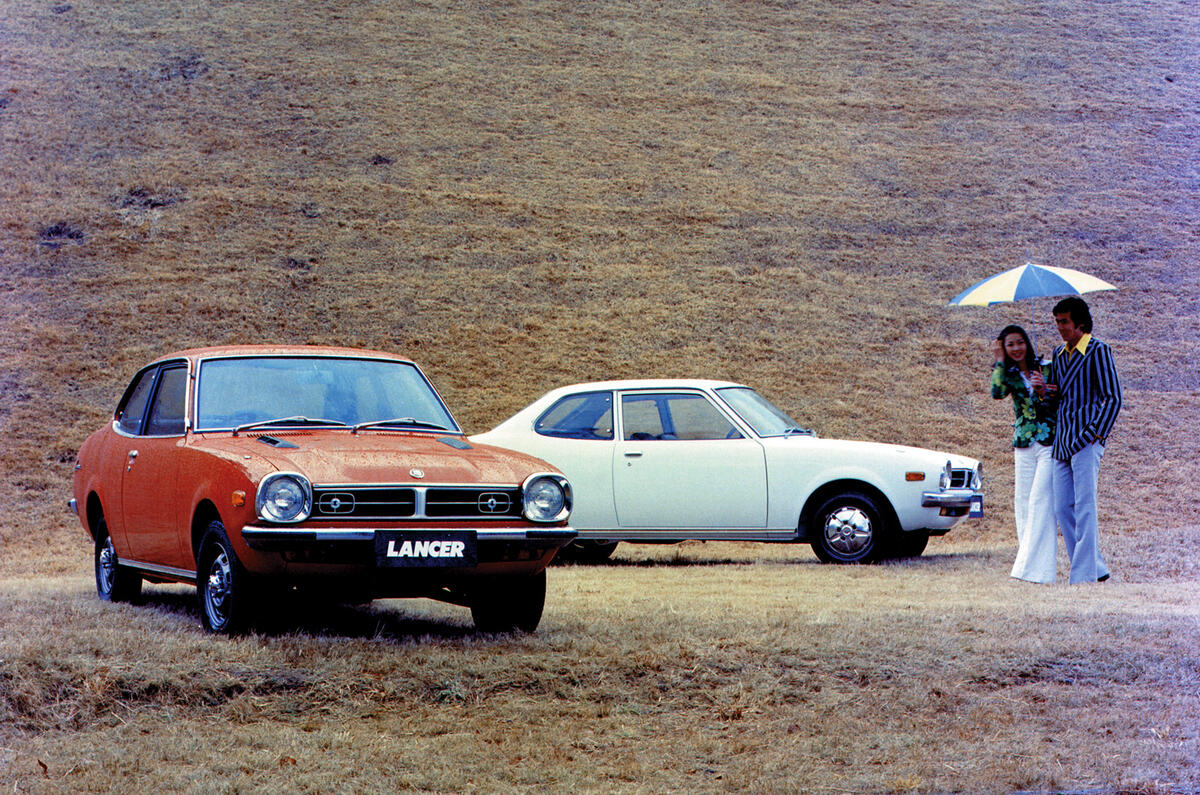
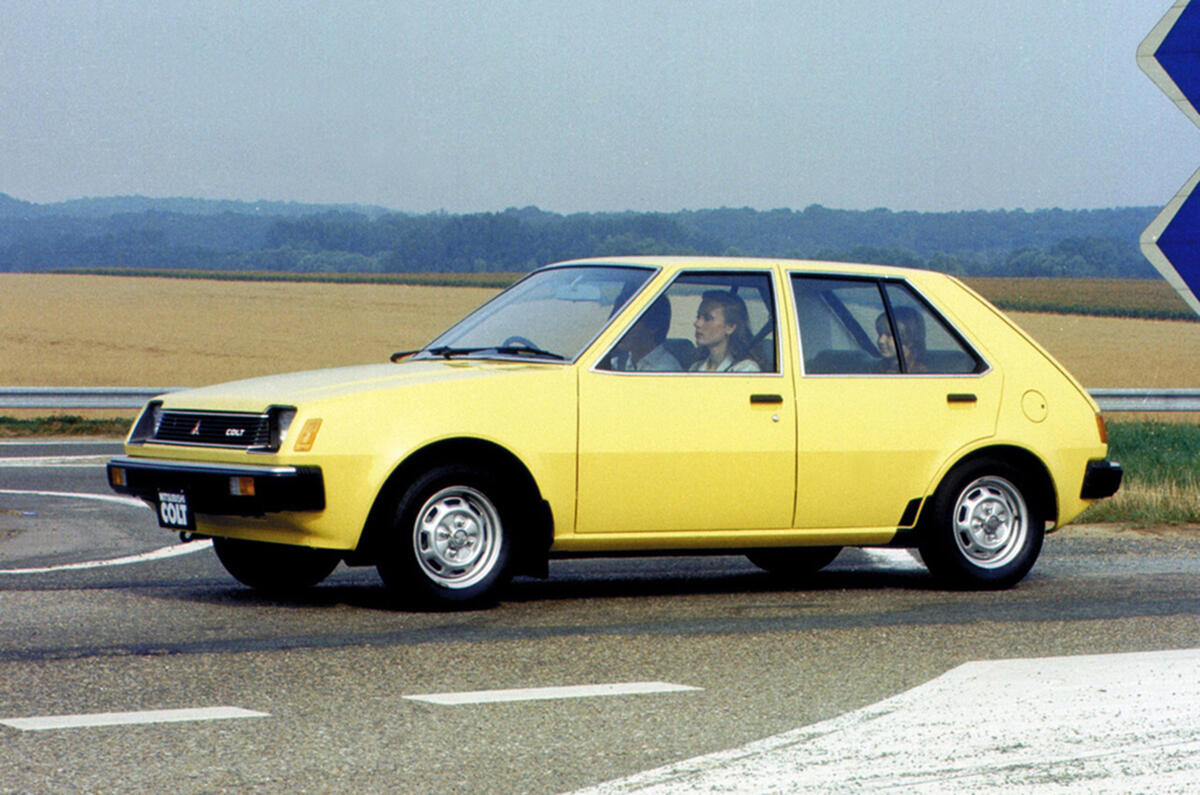
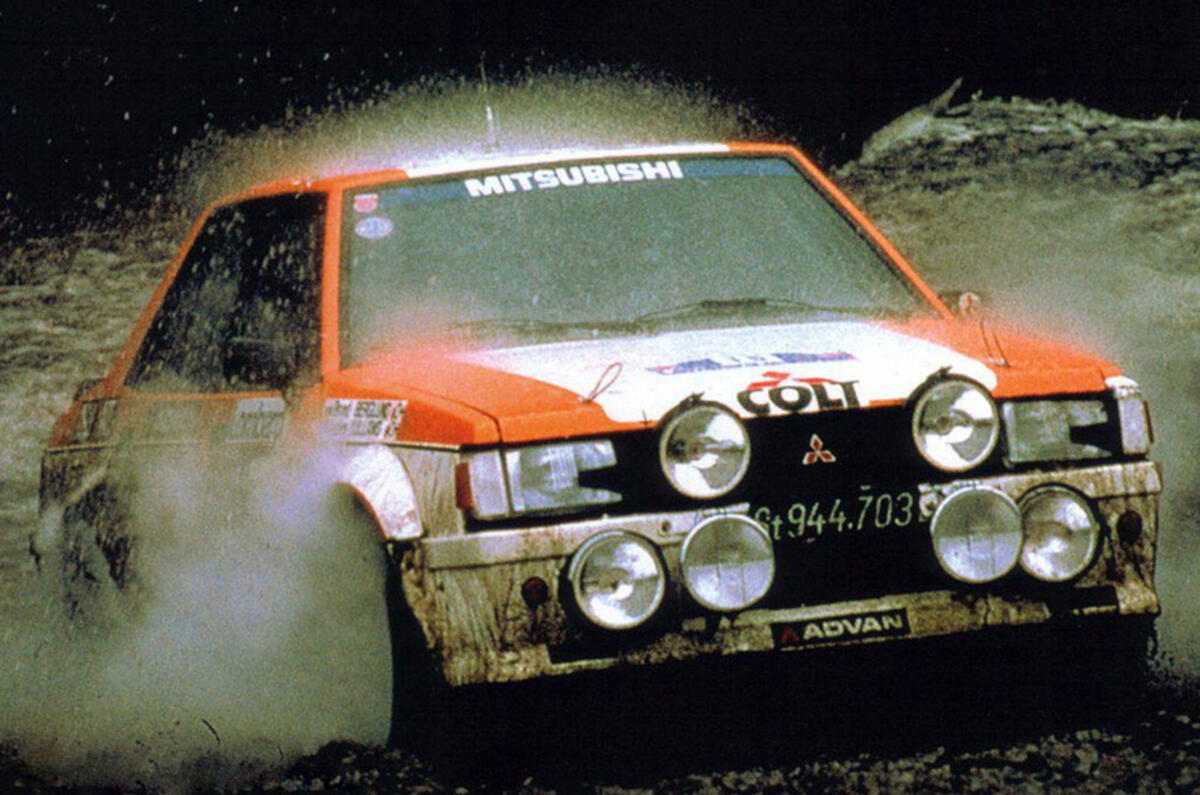
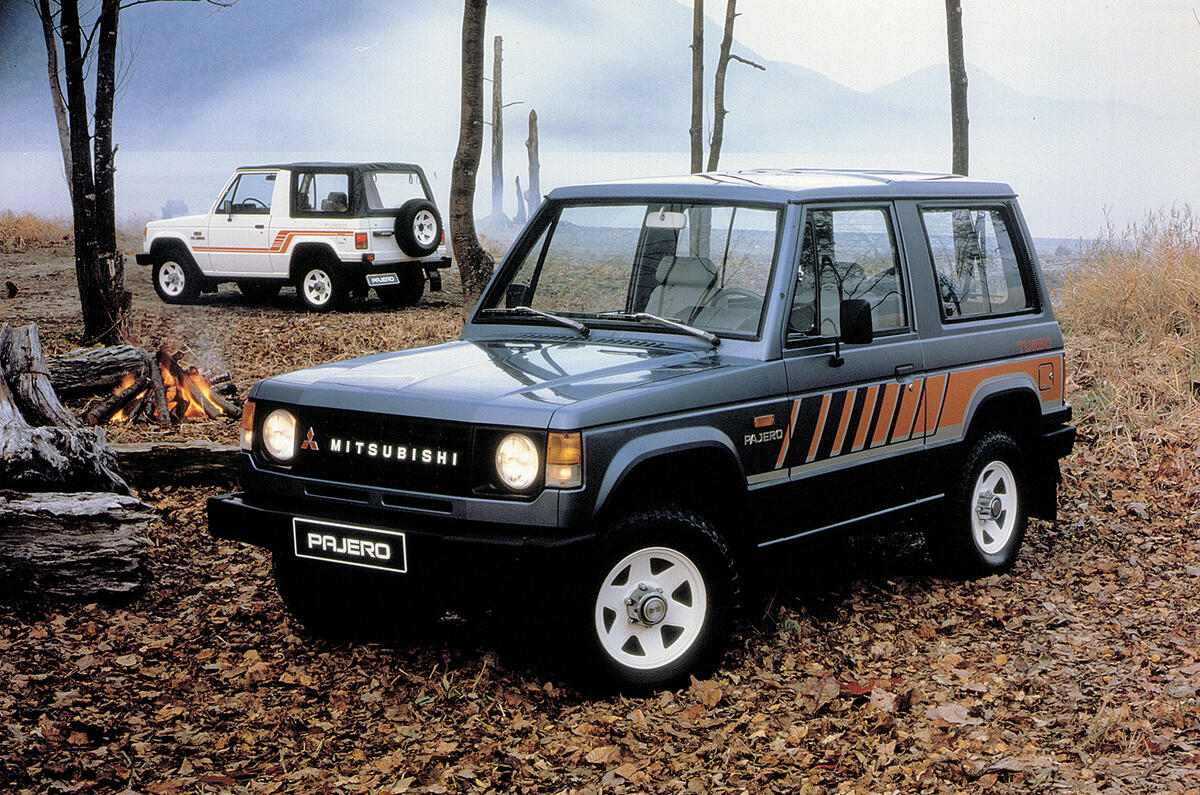

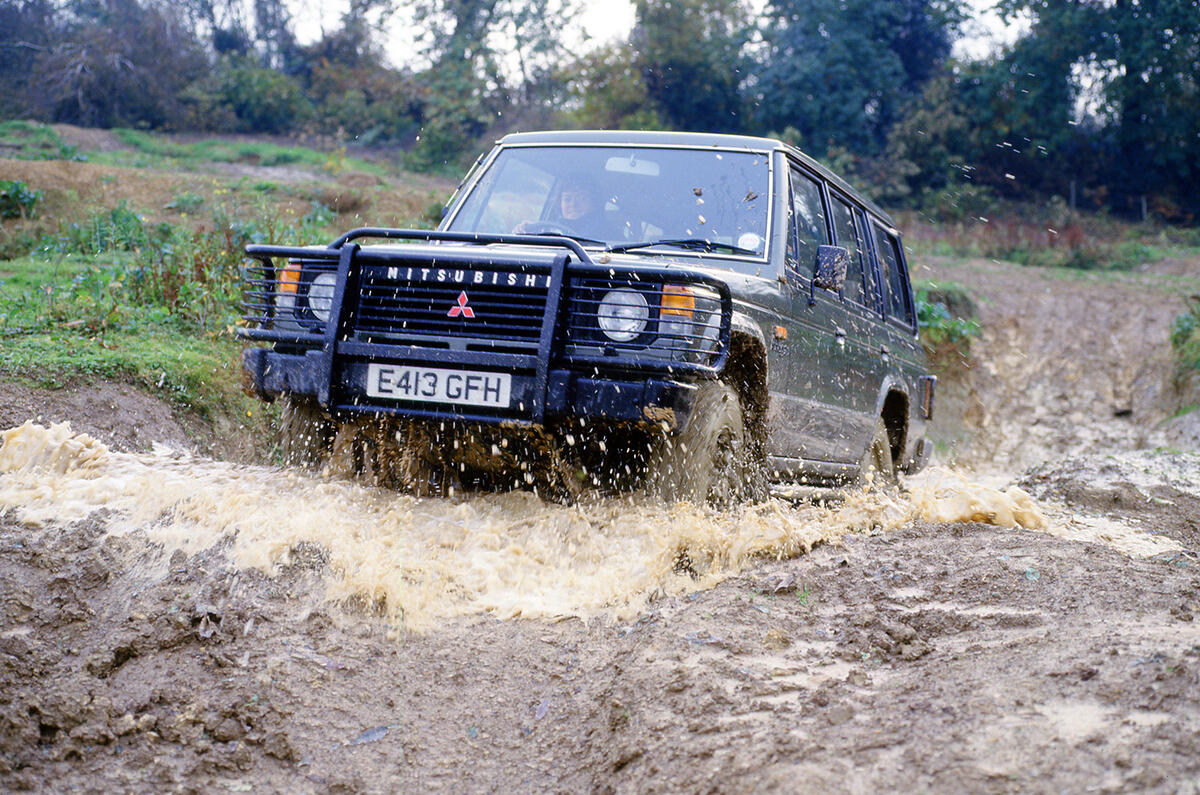

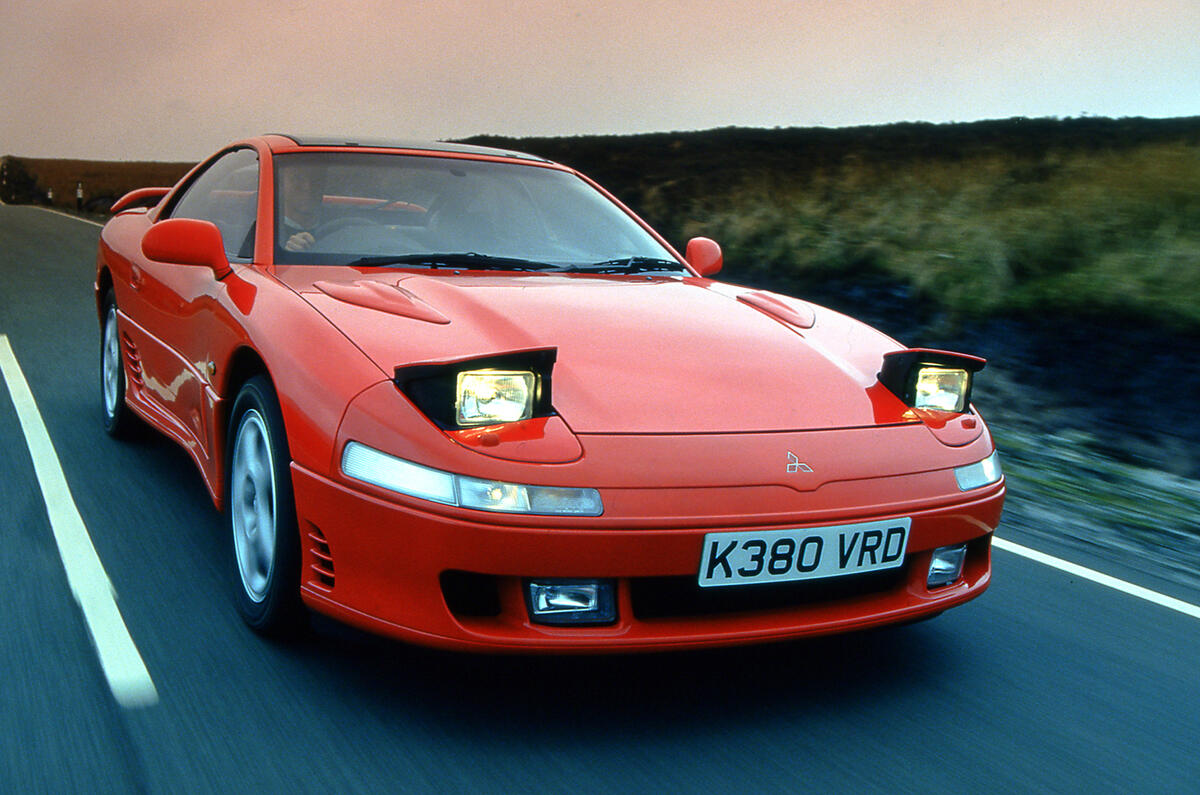
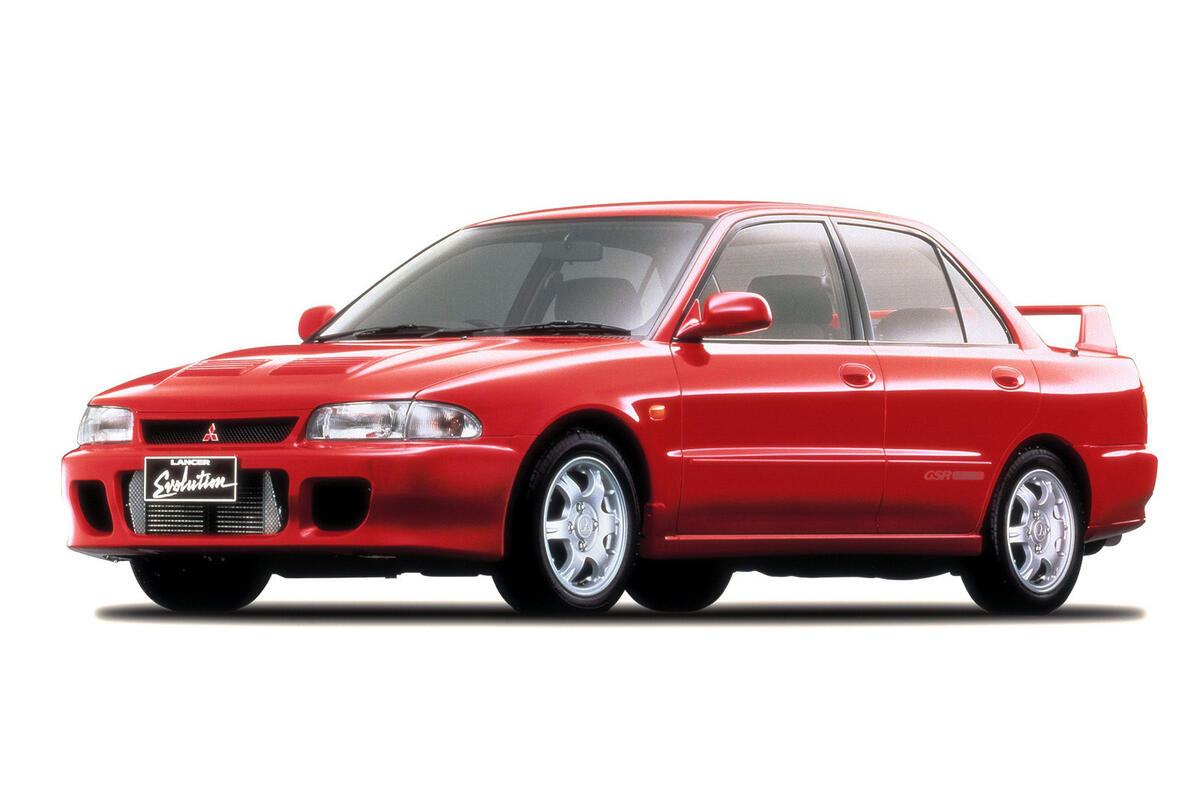
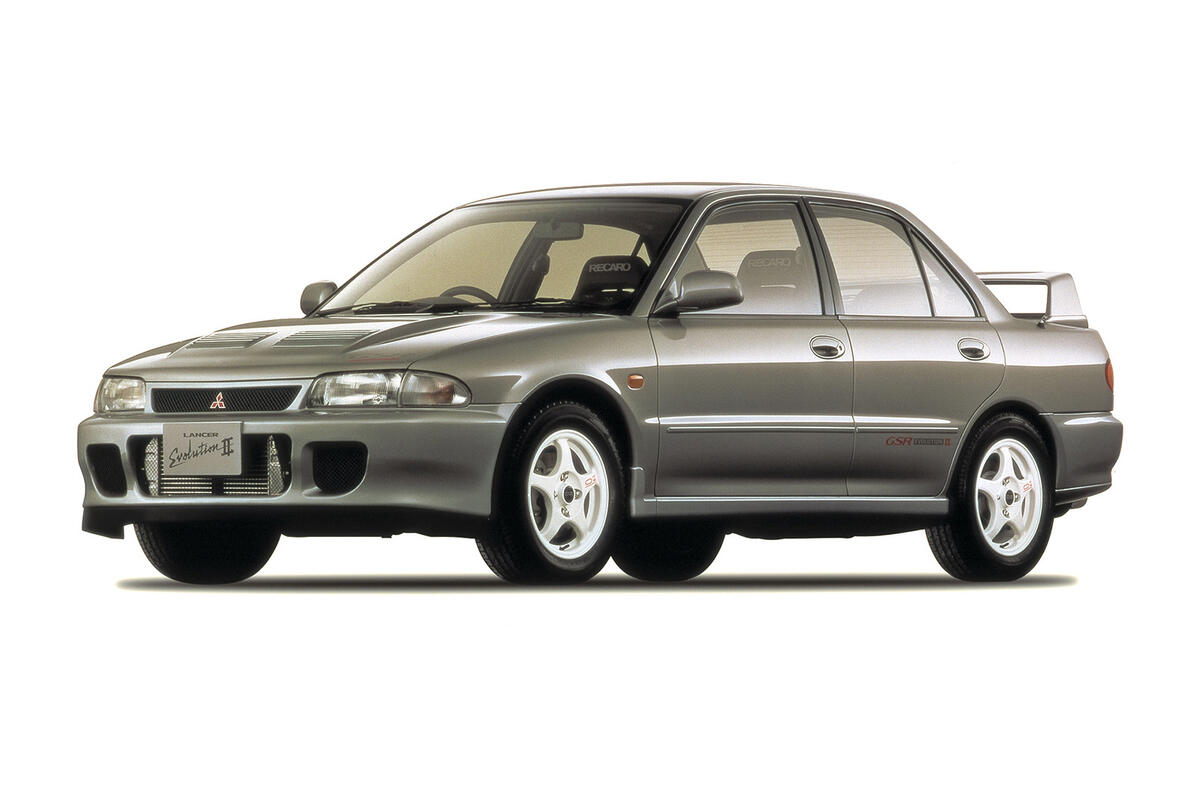
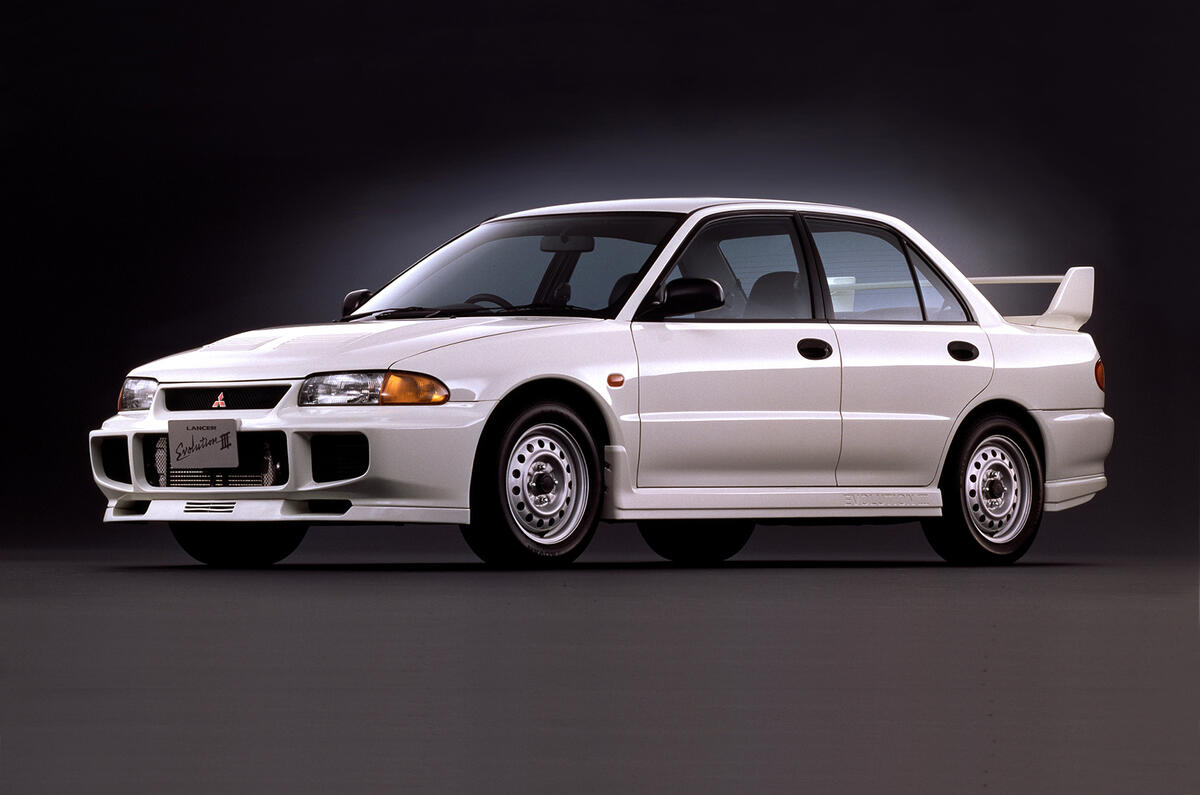
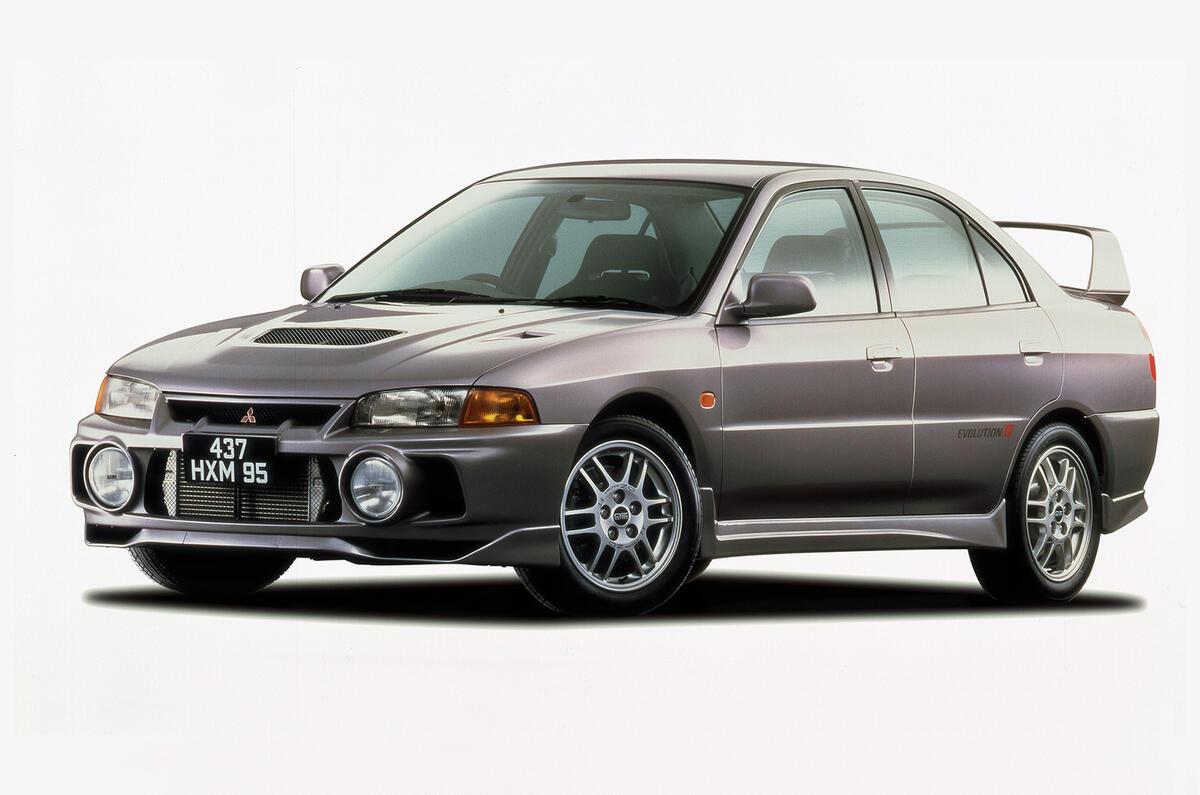
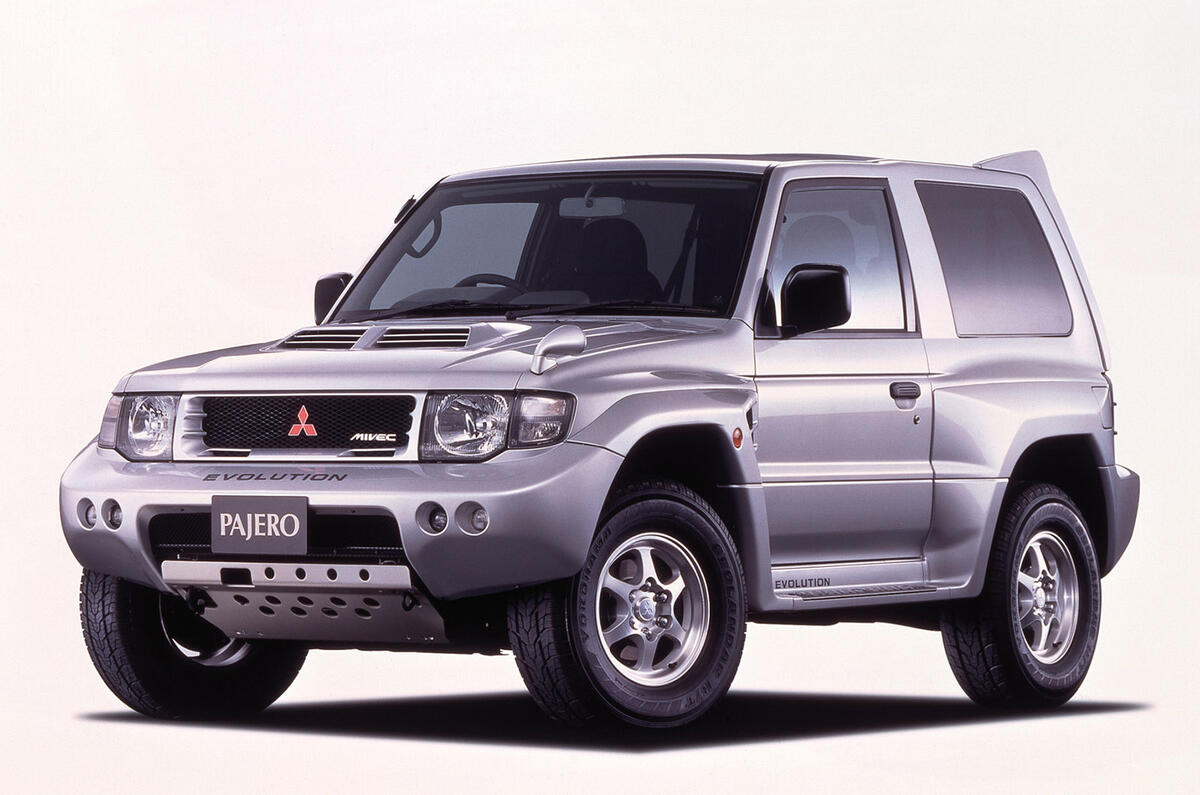
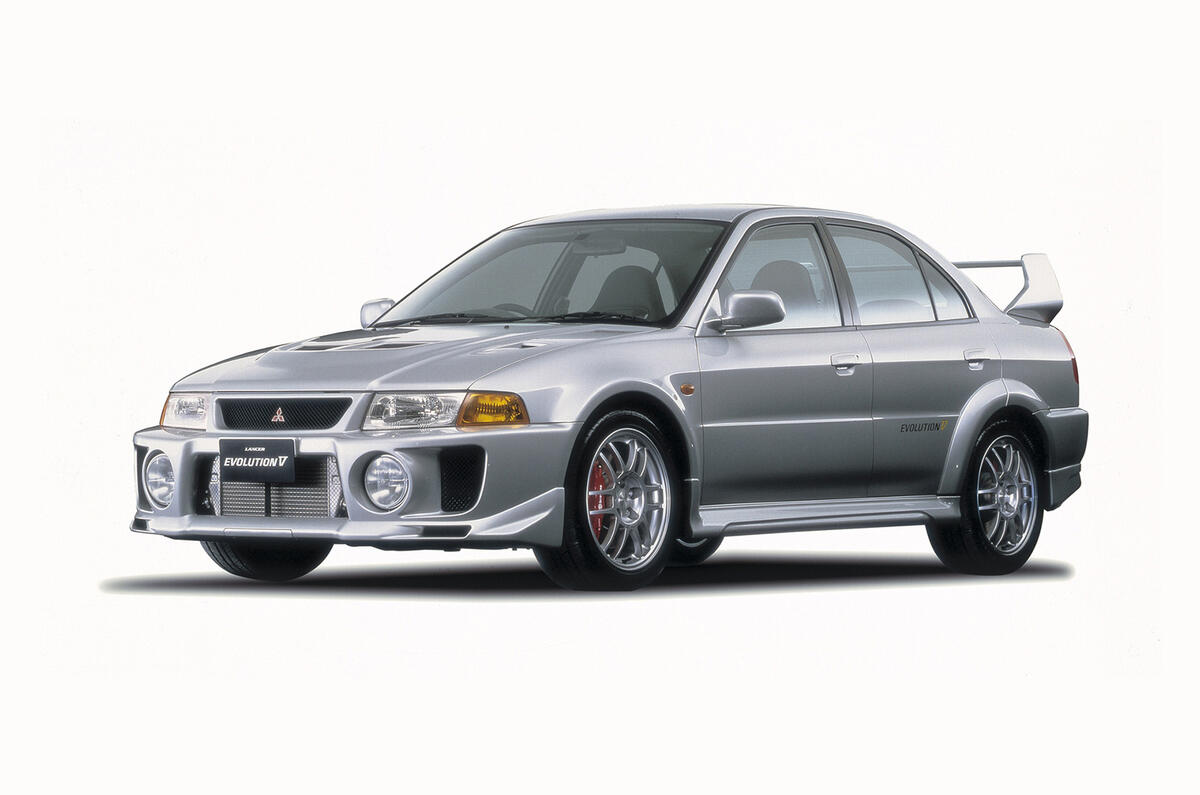
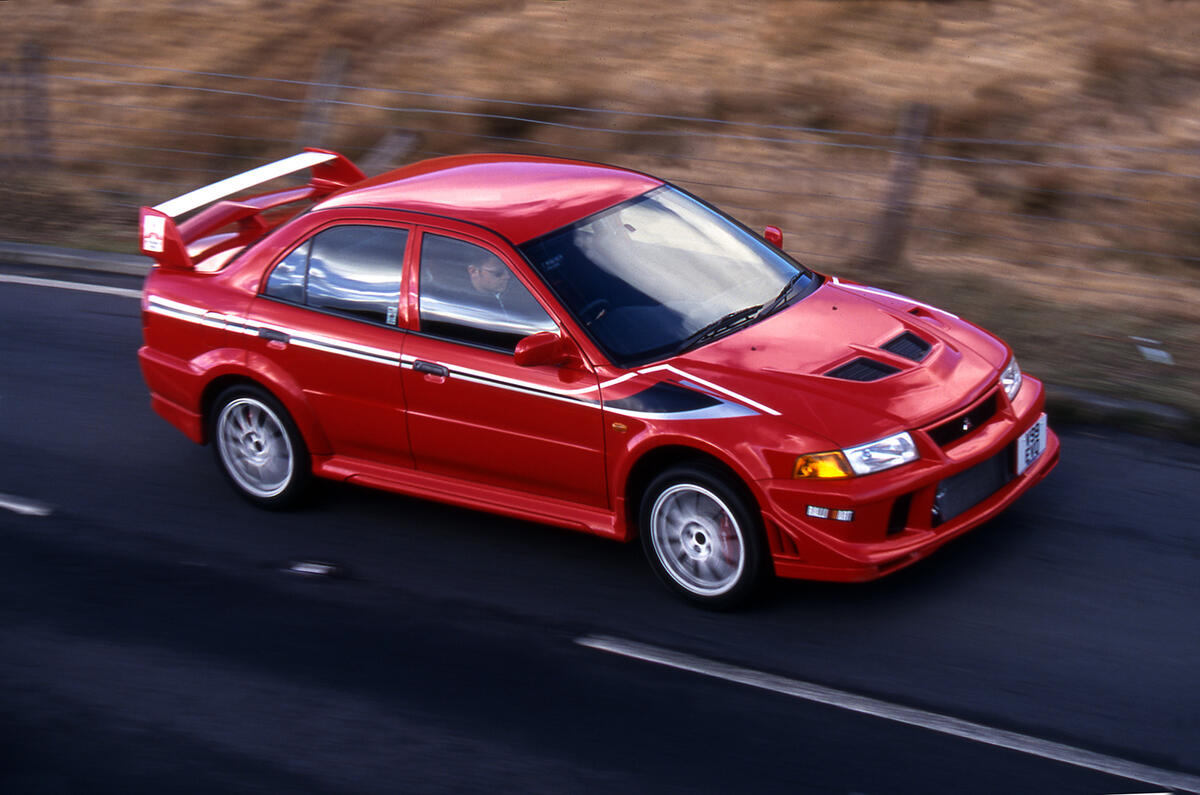
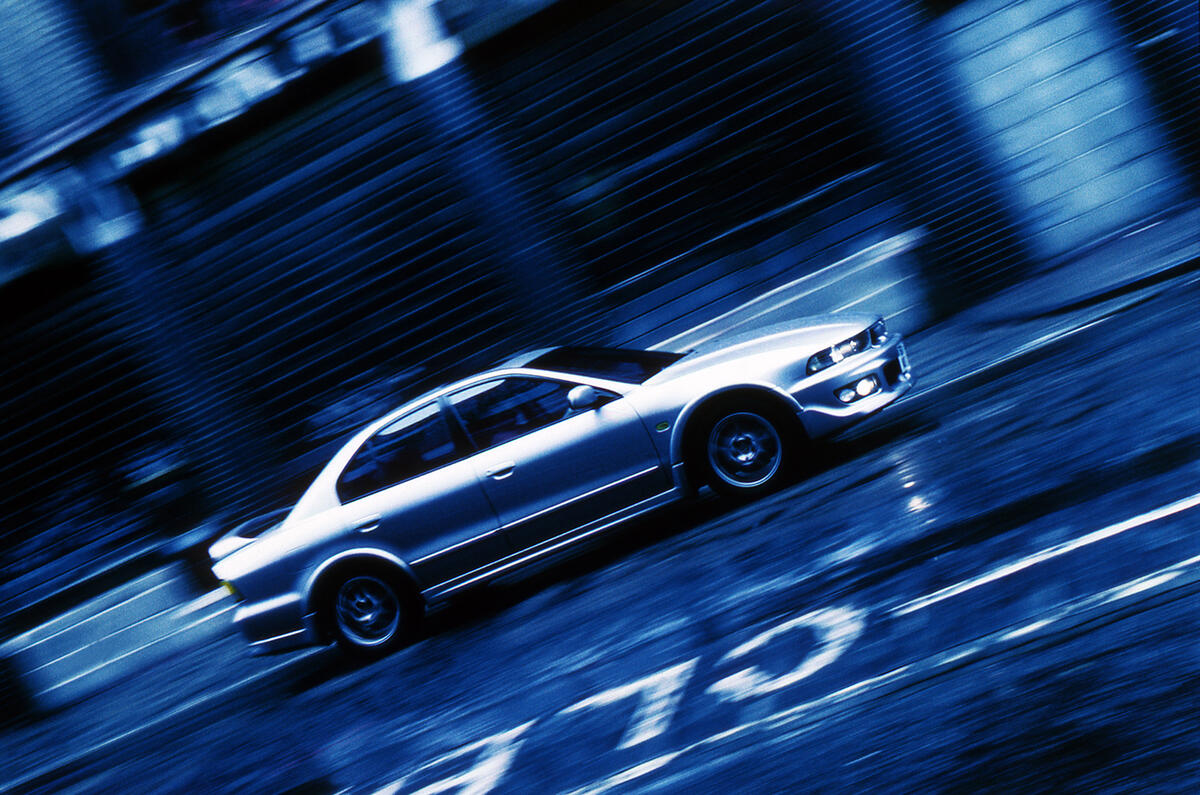
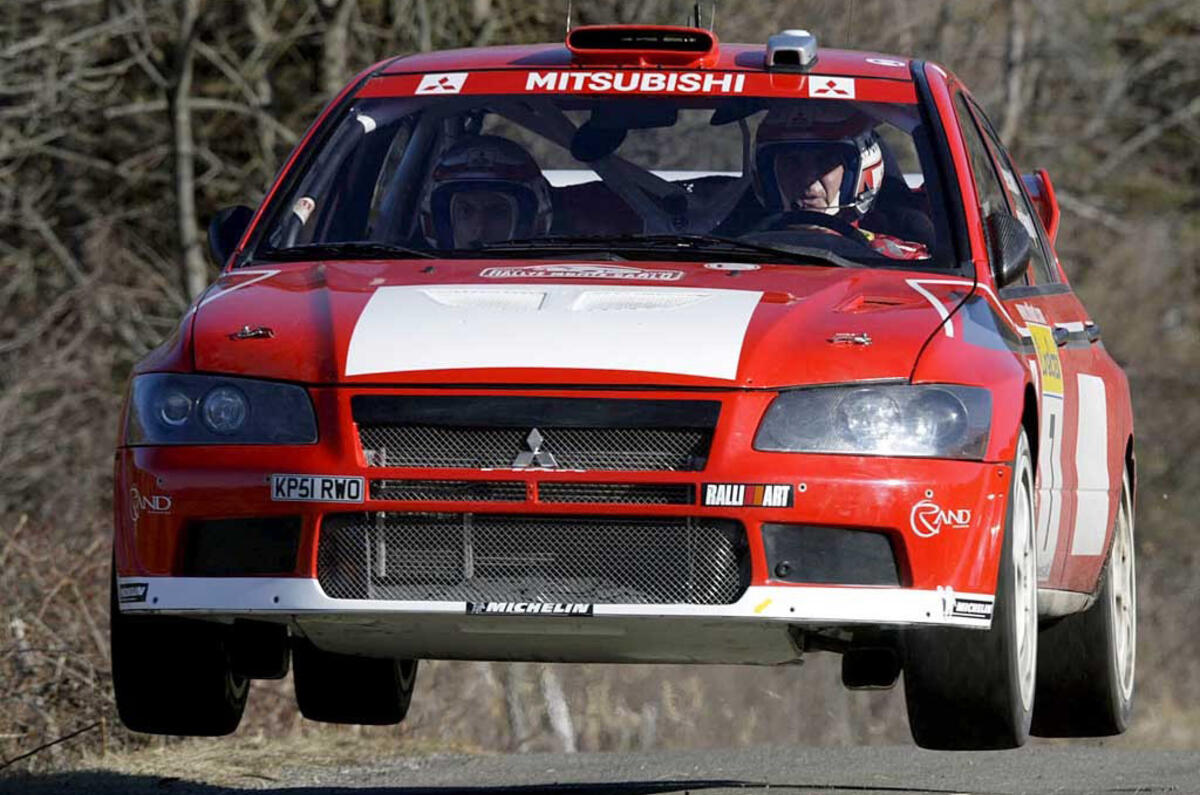

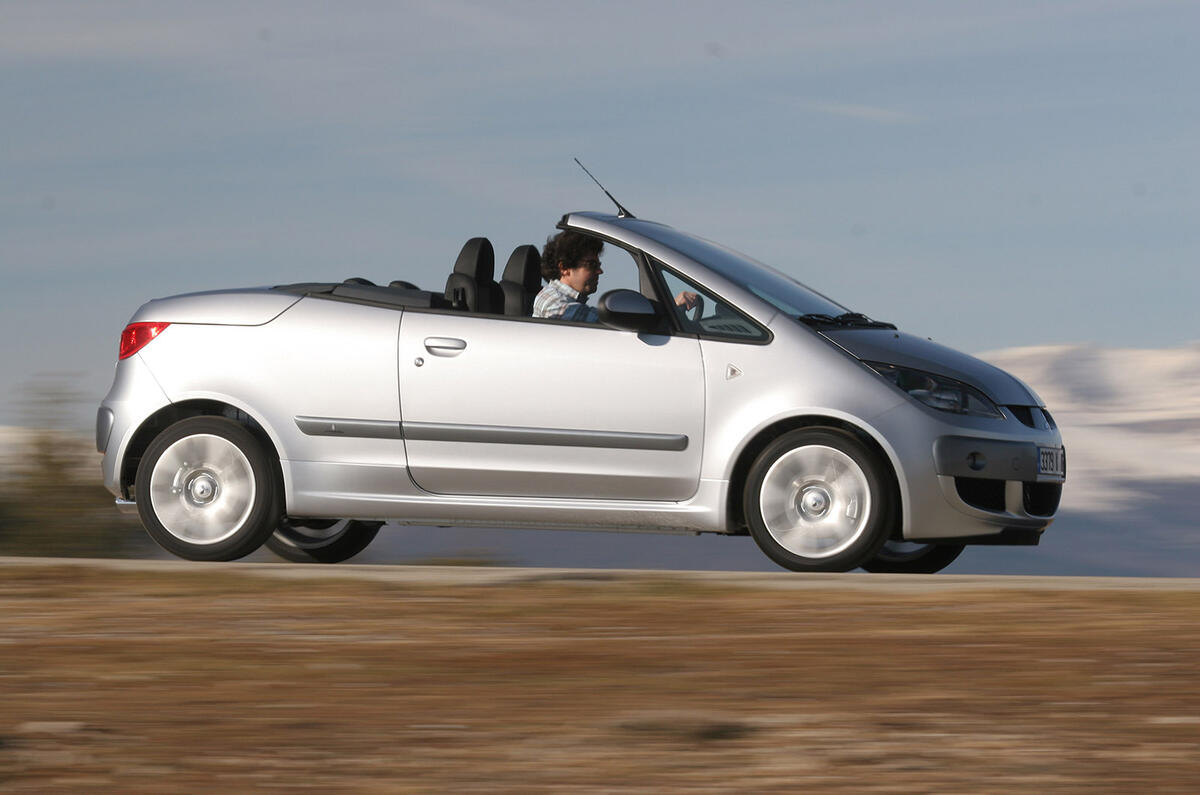
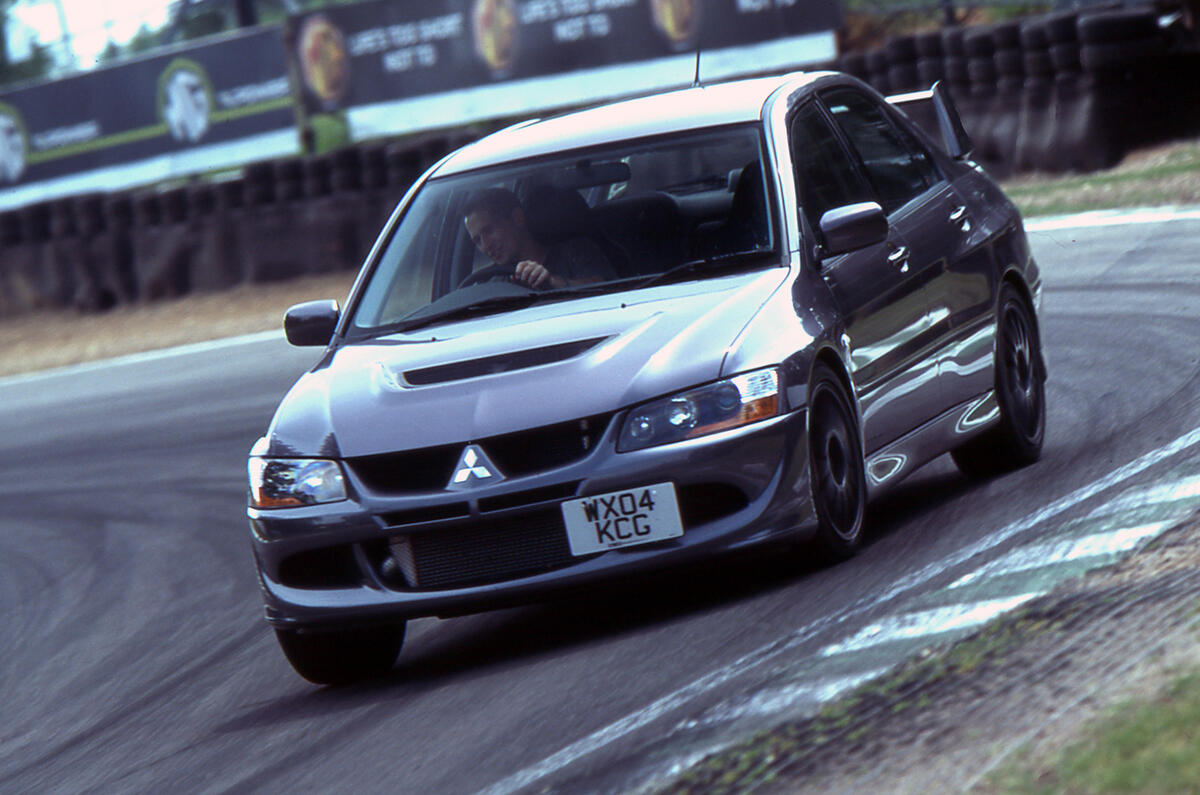
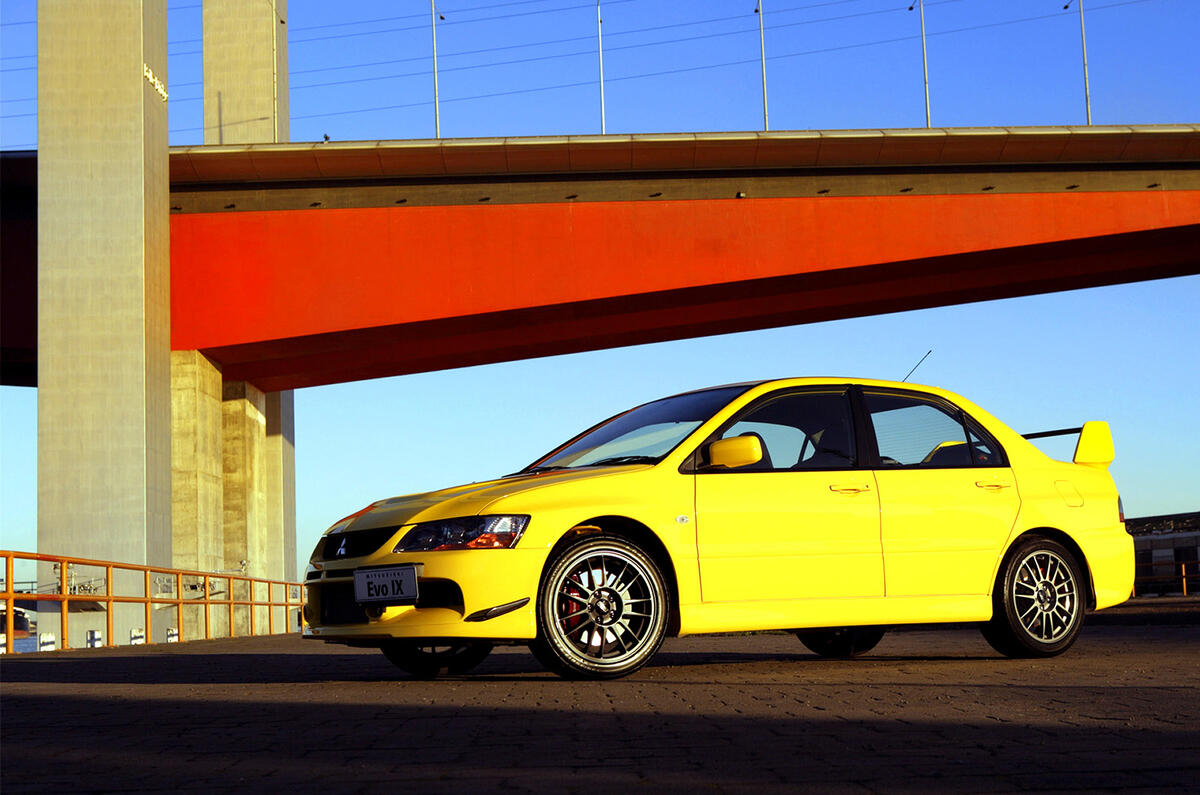
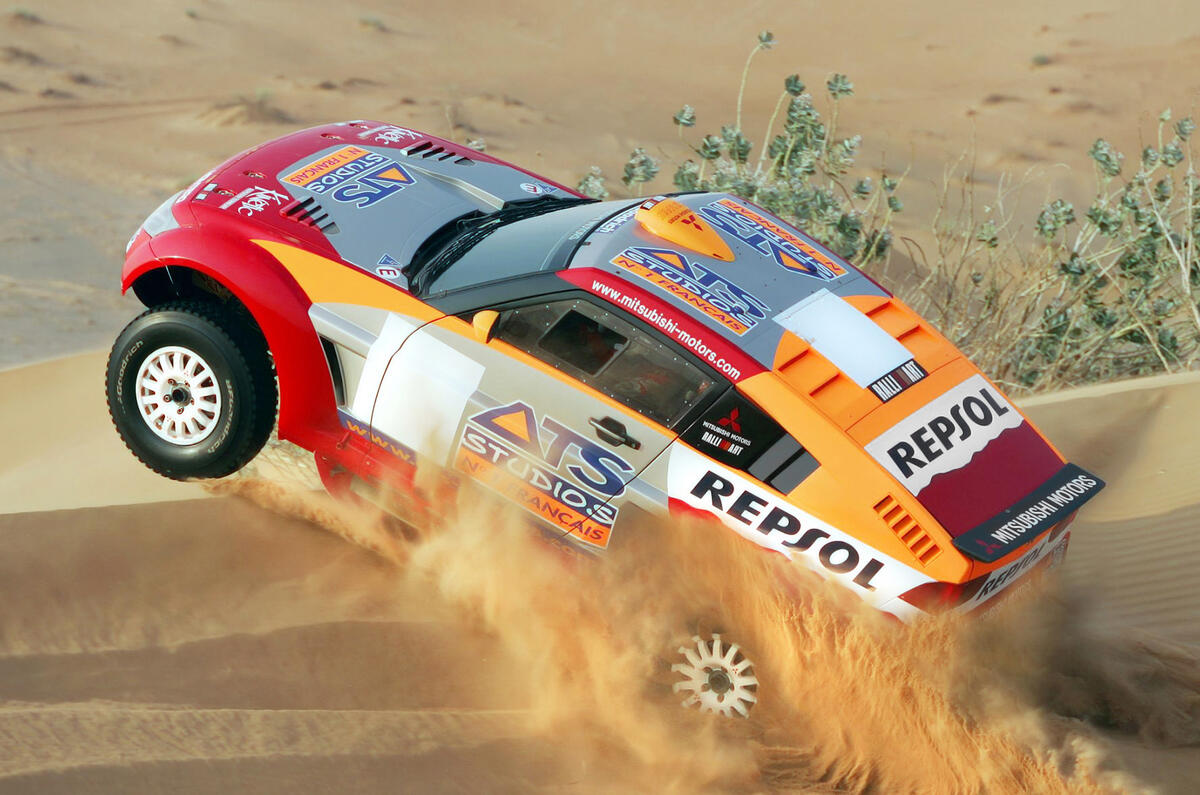

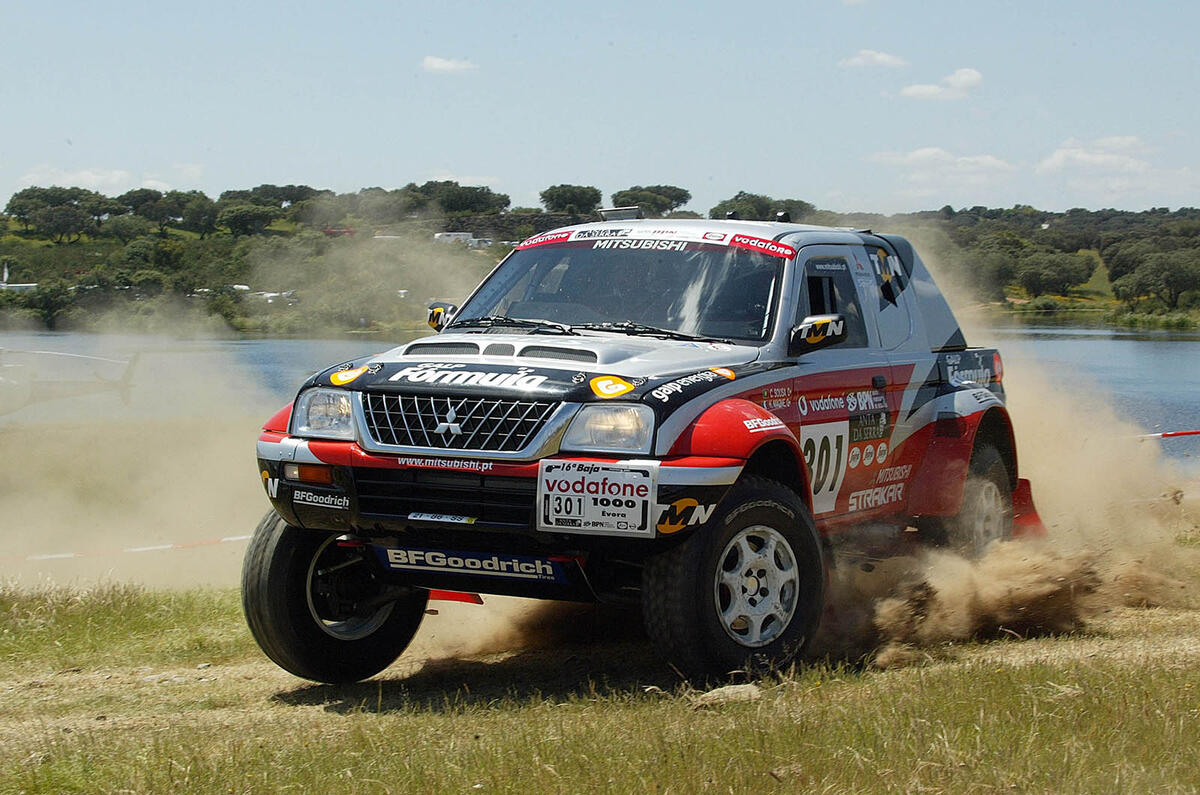

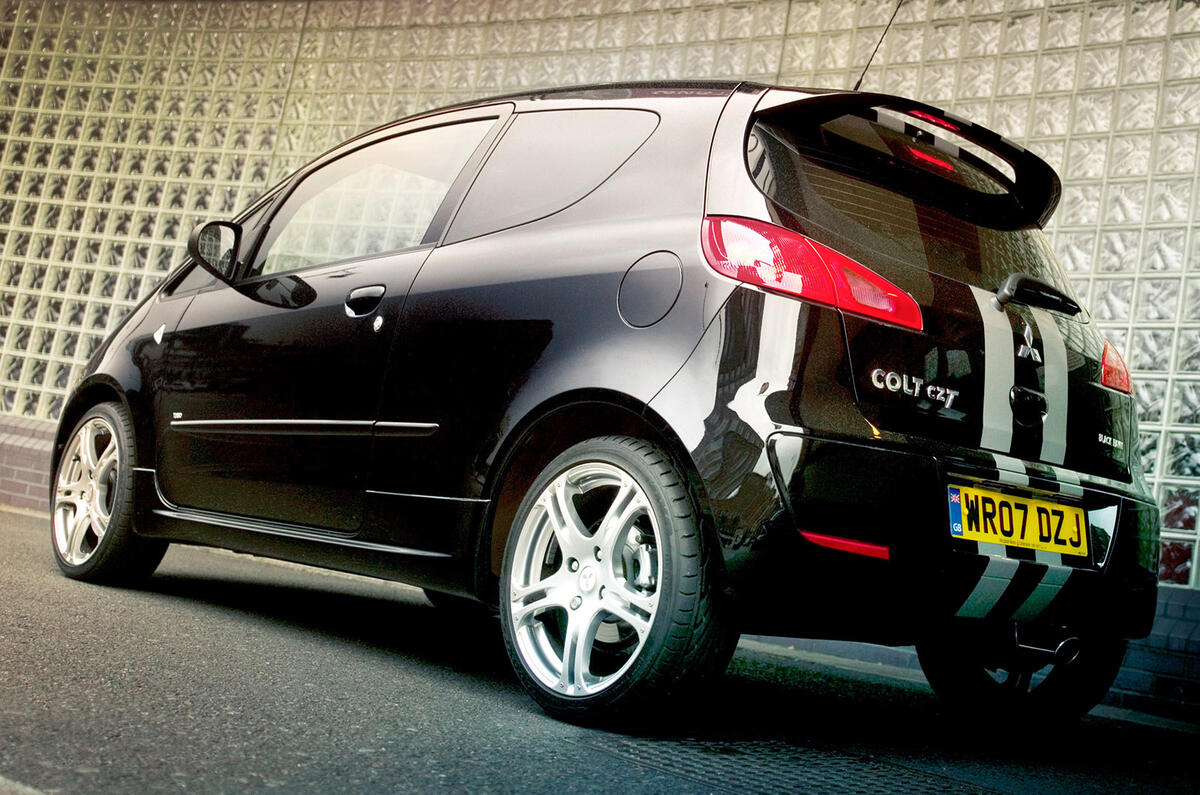
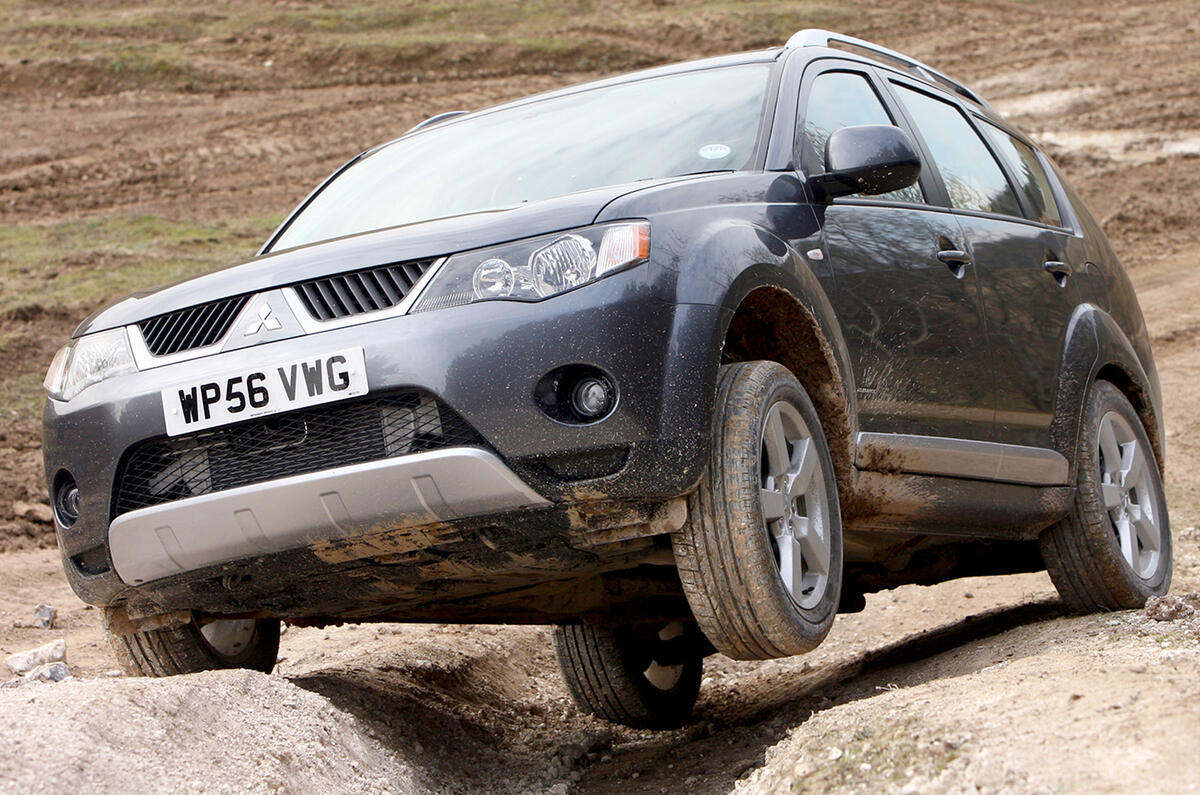
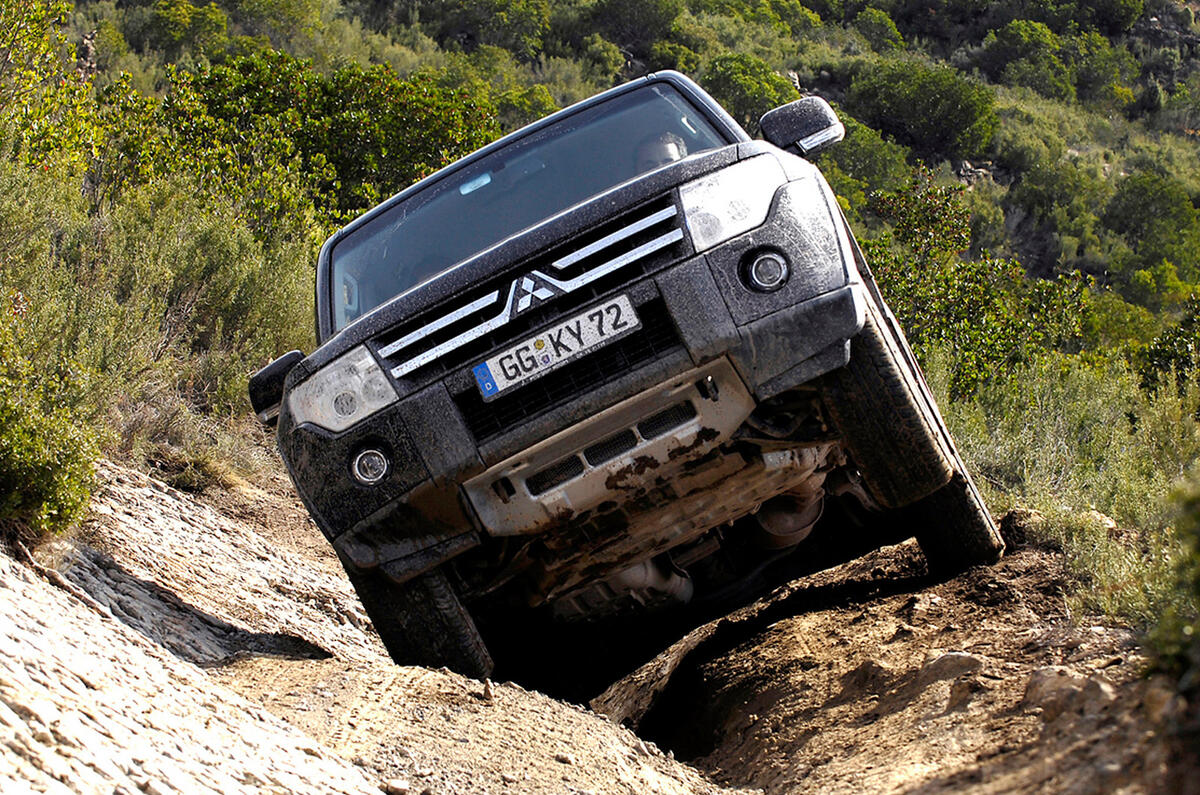
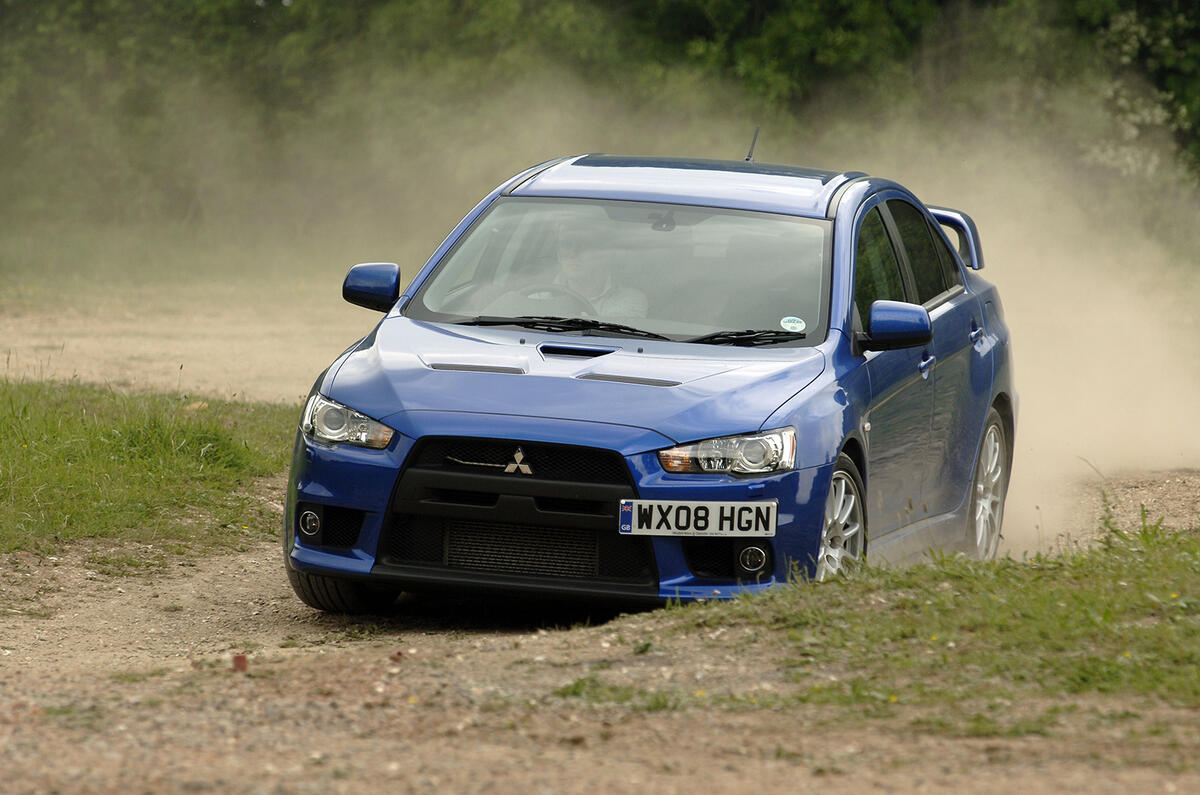
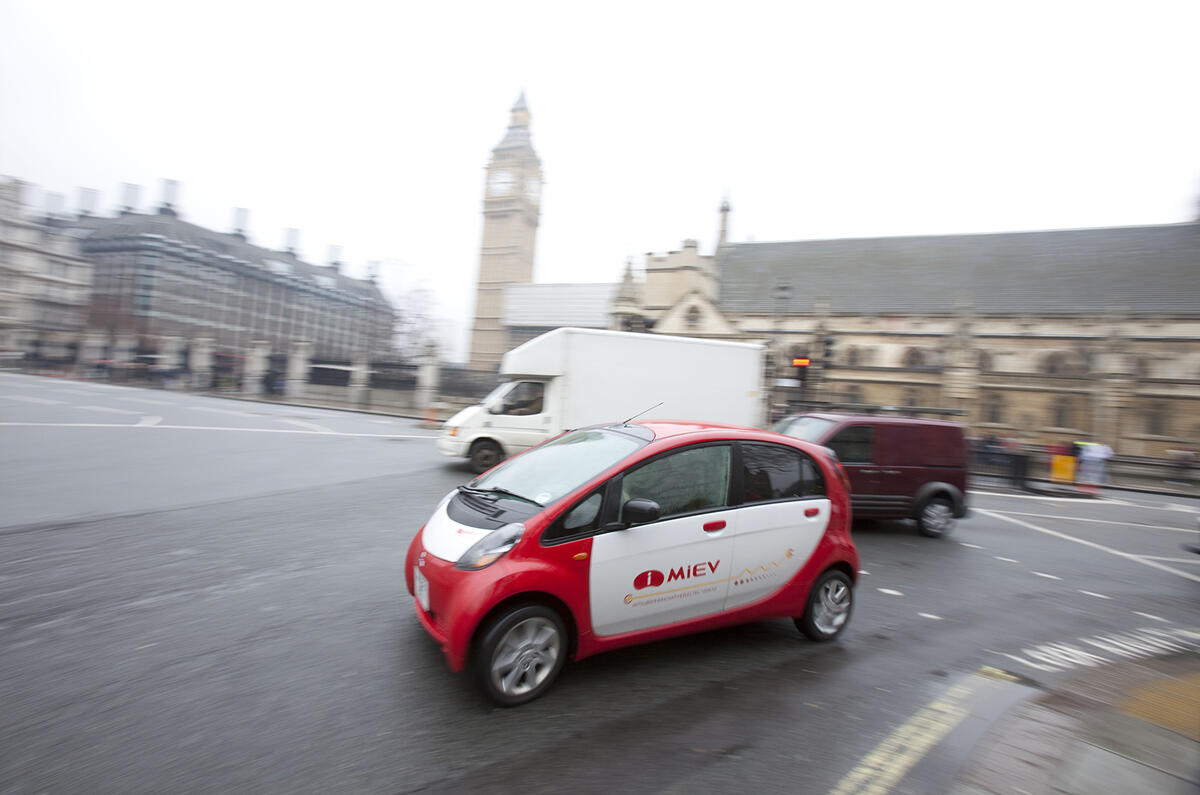
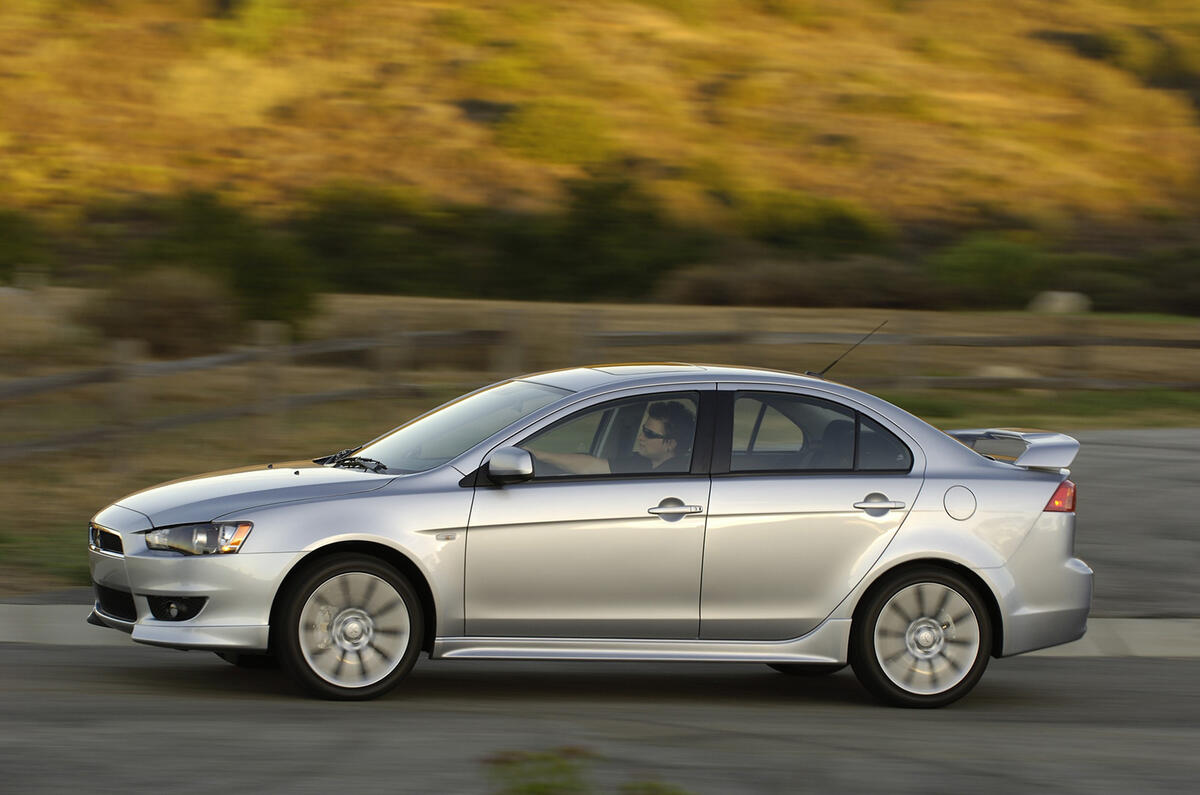
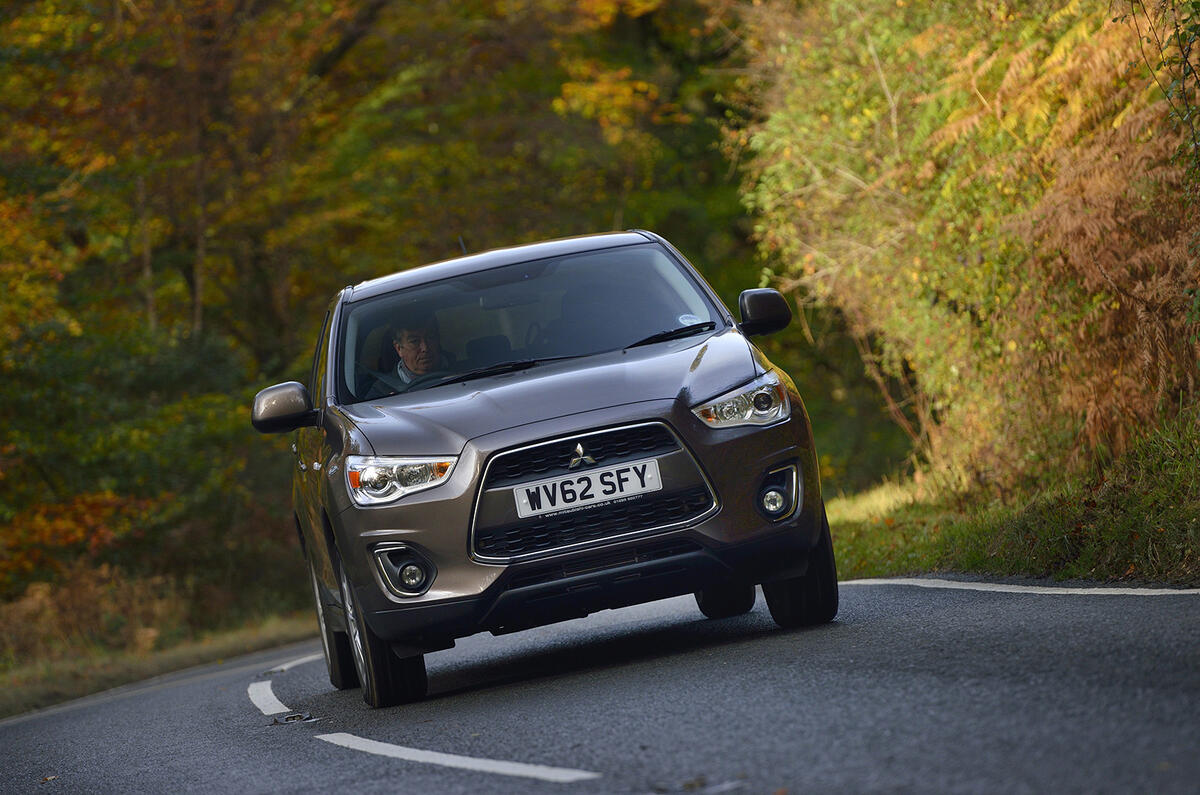

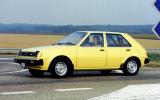
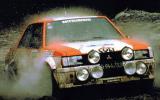
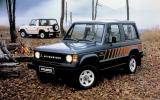
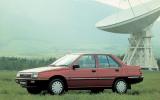

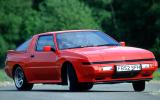

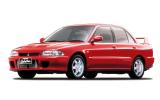
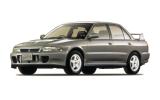
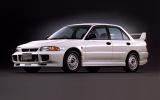
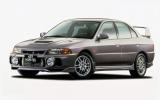
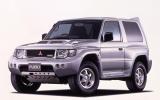
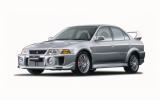
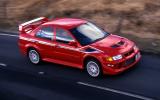

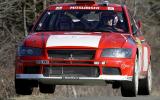
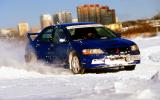
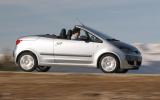
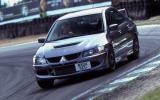
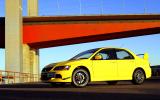
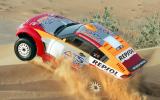


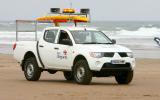
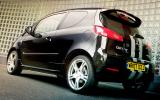
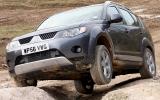
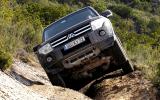
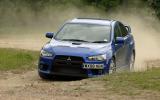
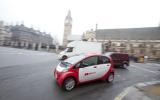
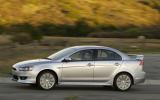
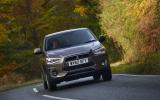


Join the debate
Add your comment
Dealers, and Colt Car Company, were poor
Mitsubishi should have been selling loads of Colts - it's a good little car and was sold for a while at amazingly low prices. We still have a Colt CZ1 in the family.
But the dealers are rubbish, servicing is expensive, and I've no idea what Mitsubishi were thinking of with the Colt's replacement, Mirage.
MITSUBISHI 40 YEARS IN EUROPE.
Just don't mention the Zero fighter and Pearl Harbour...
Mitsubishi LS200
A couple of years back, I did some work for a outfit in the Sudan. They had a fleet of LS200s, most of which had 250,000 kms or more on the clock. Roads in the Sudan are not exactly of M1 standard but these things were (and I hesitate to use an American word that has been over-used) awesome! Toyota; eat your heart out!